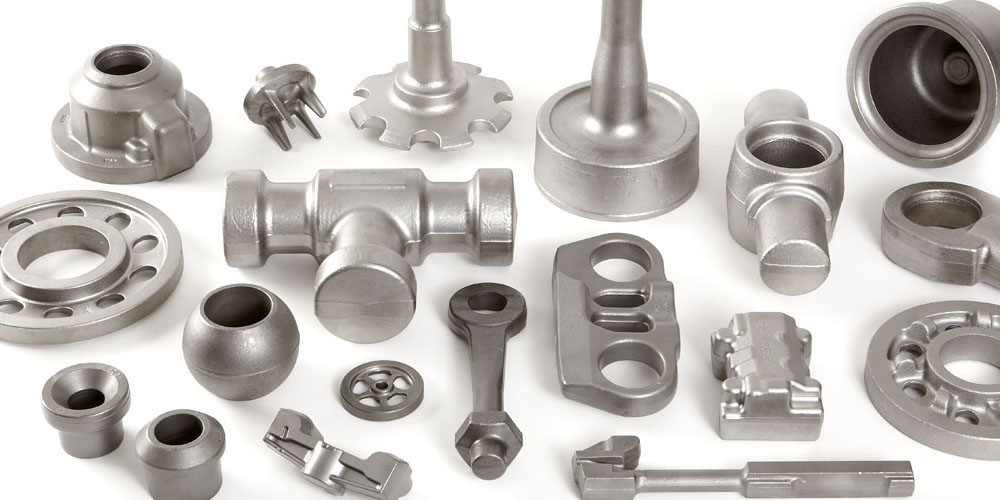Forging involves the use of compressive forces to deform metals into the desired shape. Forging is utilized in various industries like aerospace, aviation, industrial manufacturing, agriculture, shipping, and defense. Forgings are crucial components of engines, tractors, and airplanes used to make gears, anchors, ship valves, and other elements.
Users can rely on forged products because they are strong and durable. There are different aluminum forging companies that manufacture products of all shapes, configurations, and sizes. Some of the finished products of forging include hardware, jewelry, weapons, and kitchenware. Forging is done using modern, sophisticated equipment and tools that produce accurate parts. After the forgings have attained their desired form, forgers use these tools to machine the products. The article outlines the essential tools blacksmiths use and the automated high-technology machinery used in forging operations. These are the main tools and equipment used when metal forging
Forging Tools and Equipment
Manufacturers use these primary tools in metal forging processes:
1. Tongs
Tongs come in different shapes to grip various metals sizes and shapes. They help in transferring heated metal from the forge to the anvil.
2. Anvils
An anvil is a slab of metal used as the workbench. The expert places the metal workpiece on the work surface and hammers it to get the proper shape.
3. Fullers
Fullers have several functions; these include creating indentions, rounding out corners, and stretching metals. These tools work in pairs, whereby one is placed at the top and the other beneath the metal to indent metals simultaneously.
4. Chisels
Chisels are high-carbon steel tools with tapered edges used for chipping away at metals. Manufacturers can work with hot or cold chisels depending on their needs.
5. Hammers
Many forging processes, including hot and cold forging, require manufacturers to use hammers. The forging hammers have different shapes, materials, and sizes. They compress metals and shape them into desired shapes by hitting them repetitively. The two common types of hammers are drop and power hammers.
6. Press
Forging presses use hydraulic or mechanical energy to apply constant pressure on the metal without relying on the hammer’s weight or gravity pull to get the desired shape metal. Unlike forging hammers which shape a specific metal portion, presses forge the whole metal in closed-die forging. In the open-die forging method, the press imitates the action of a hammer.
Mechanical forging presses are mechanical devices ideal for working on small and simple components. On the contrary, hydraulic forging presses use high-pressure hydraulic fluid to force the ram against the workpiece. The equipment is preferred for large and complex items. There exist horizontal presses, also called upsetters and vertical presses.
7. Forging Dies
Presses used in closed-die forging need die to ensure proper molding of the metals. The two primary types of dies are open and closed die. Open dies have varying shapes to help you accomplish specific tasks. If you want custom metalwork, you should consider open die forging. The method is excellent for forging large parts. In closed die forging, the metal is fully encased, and when the hammer hits against the metal, the metal flows to fill the cavities.
Conclusion
Some of the metals forging machinery include dies, hammers, anvils, and presses. Read through this article to know about the standard forging equipment utilized in industries.
